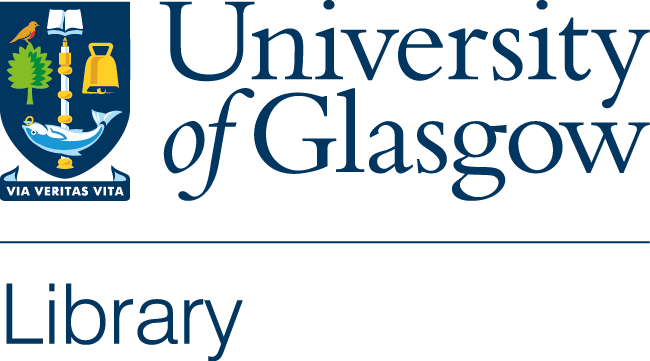Edwin Morgan
“The books are a mixture of autobiography, documentary, and art. I do not think there is anything quite like them, and I regard them as very much part of my ‘works’ (which you are going to publish some day in several volumes, are you not!). I even managed to keep them going, though on a reduced scale, when I was in the army during the war, so that there is no break from 1931 to 1966. There are 16 scrapbooks, totalling just over 3600 pages. They contain, inter alia, abstract paintings made in my early teens, wartime photographs taken in the Middle East, and the two halves of a pound note I split to show that it could be done. Have I whetted your appetite? Is the proposition, as they say, viable?”
Letter from Edwin Morgan to his publisher Michael Schmidt, 15th December 1988
 |
Edwin Morgan in 1940, age 20 |
After graduating with a degree in English Language and Literature from the University of Glasgow in 1947, Morgan taught in the Department of English Literature until he retired as Titular Professor in 1980. Before his death in 2010, he transferred his personal papers, in periodic instalments, to the University’s Library. The MS Morgan collection includes nearly 1500 manuscript drafts of poems, and a wealth of related material including correspondence with his publishers and with other writers. The papers reflect Morgan’s significant role in the cultural life of Scotland as a poet, educator, critic and translator.

|
Edwin Morgan on military service |
 |
Collage from Scrapbook 13 |
Although they do not contain drafts of his poetry Morgan’s scrapbooks are undoubtedly linked to his writing. Morgan includes prose quotations and poetry he admires, but his evident delight in the word play of newspaper headlines and the creation of humorous text collages anticipate his own concrete poetry. His series of Newspoems (contained within his Collected Poems ), which engage with newspaper headlines, can also be related to the cuttings he collected.
Morgan regarded the scrapbooks as an important part of his creative output and he twice sought to publish them in the 1950s and the 1980s. However, the high costs of printing and copyright clearance made this a difficult proposition. In spite of Morgan’s painstaking approach to the creation of the scrapbooks, the vast majority of images are uncredited and impossible to trace back to their source, making the scrapbooks particularly appropriate to use in a research project involving copyright and Orphan Works. Like many organisations, the Library has adopted a risk managed approach for their use of Orphan Works, selecting pages where the items featured were significantly cropped or from a source where the rights holder was unknown. A selection of pages from several of the Scrapbooks has been put on Flickr using this approach, accompanied by commentary from Morgan’s biographer, James McGonigal. With the changes to EU and UK law regarding Orphan Works, that came into effect at the end of 2014 (IPO Guidelines), risk management is now not the only option for cultural institutions who wish to digitise and make public orphan works in their collections. However with more options come more choices to be made. Do the UK Orphan Works Licensing Scheme and EU Directive offer a better way for cultural institutions?

|
Collage from Scrapbook 12 |
Copyright Statement Credits Contact
Please cite this resource as: R. Deazley, K. Patterson and V. Stobo, Digitising the Edwin Morgan Scrapbooks (2017), www.digitisingmorgan.org







